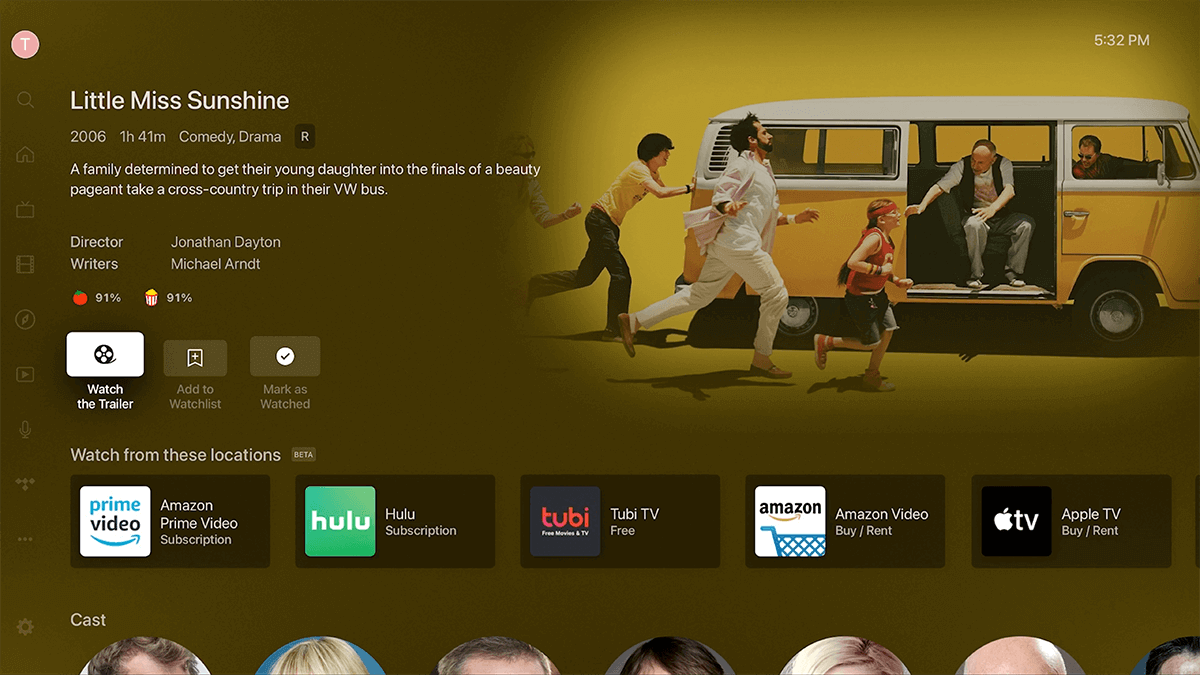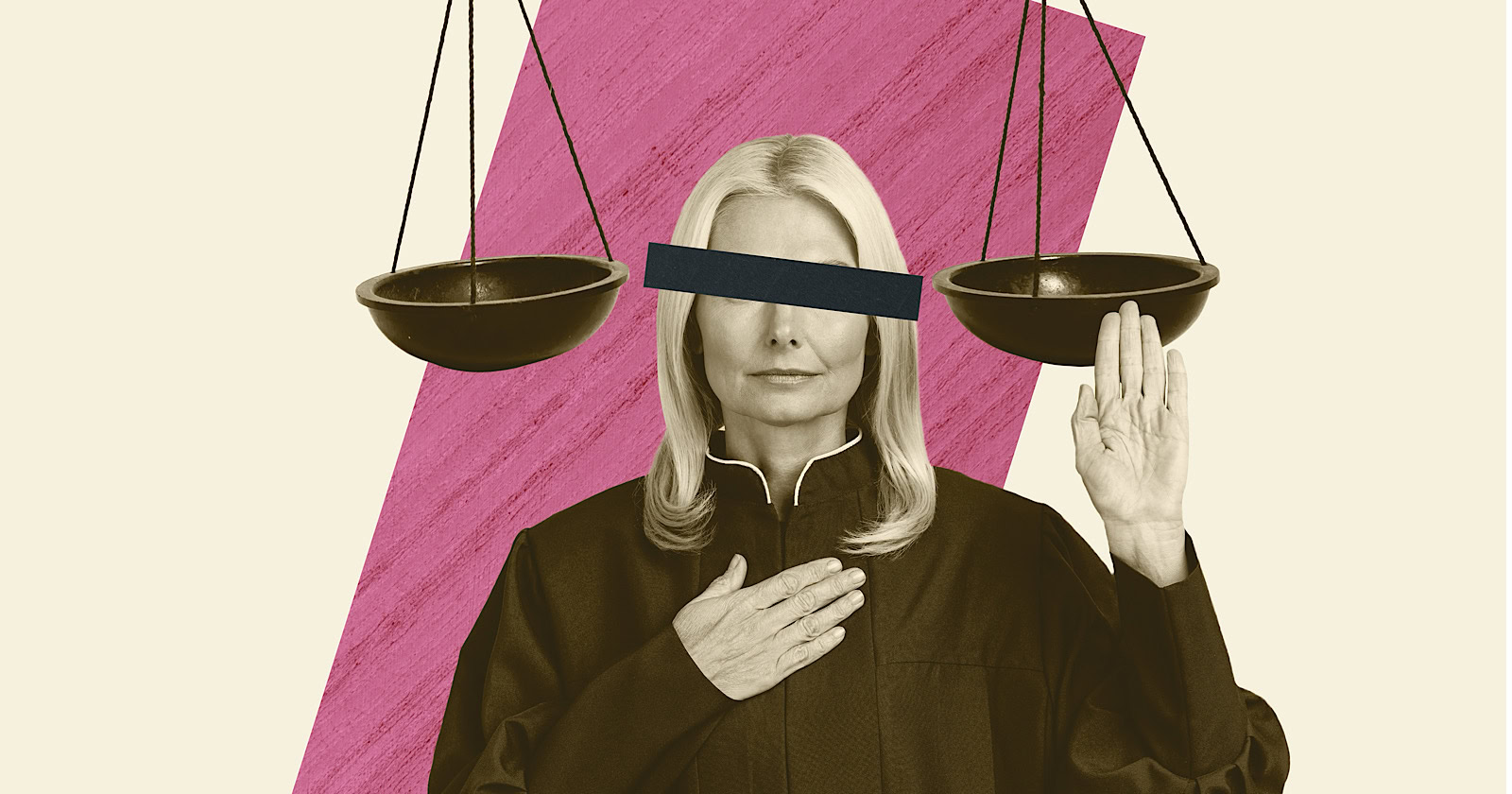How to Read a Blocked Website
We often envision the internet as an open source of boundless information, but that’s not always the case depending on where you live or whose network you’re connected to. In many places, certain web activity or content will be...


Photo: africa_pink (Shutterstock)
We often envision the internet as an open source of boundless information, but that’s not always the case depending on where you live or whose network you’re connected to. In many places, certain web activity or content will be outright blocked, and we’re not just talking annoying paywalled websites. For example, your workplace or school networks might block certain sites to prevent distractions, while some online content is heavily regulated or restricted by local governments. However, you can bypass these blockades if you have the right tools.
These tools can help you subvert most content blocks, though we strongly urge you to make sure you’re not breaking any laws before you use them. While everything we cover below is legal in the U.S., using these tools in other countries—or using them to access illegal content—could get you in deep trouble. Like, years in prison or massive fines levels of trouble. Do your research, and use them at your own risk.
The simplest way to read blocked websites is to hide your real IP address with a proxy connection. By connecting to a proxy server in a different region, you can access region-locked content on streaming sites like Netflix, YouTube, or Spotify. The website you connect to will recognize the proxy’s IP address, rather than yours. There are free and paid services available, with the paid options offering better privacy features and more reliable connections, but free proxies work fine as long as you check professional reviews to verify they’re safe.
Proxies boost your internet privacy, making it harder for companies (or governments) to track your browsing activity, but they’re not perfect. Proxy servers are best for accessing region-blocked streaming content, rather than subverting local laws or other high-level restrictions since many organizations use sophisticated tracking or blocking technology that you can’t work around with just a simple proxy connection. In those cases, a VPN is the better option.
Our guide on VPNs and how to find the best, safest option for you and your devices is a great introduction to the tech, but the quickest explanation is this: VPNs are like proxies but with even more protections in place (like encrypted connections). They can protect all online activity on your devices (or even your entire home network), rather than just your internet browser, making them more effective if you’re downloading torrents or accessing highly sensitive content where you live. The best VPNs are paid products, and we strongly recommend against free VPNs since they’re either poor quality or straight-up malware scams.
That said, VPNs aren’t perfect either, and even the best paid services have issues or can stop working unexpectedly (make sure your VPN has a kill switch!), and some firewalls recognize and block VPN connections. There are specialized VPNs called “decentralized” VPNs (dVPNs) that work around this issue by spreading your connection across a decentralized network and creating more believable spoof IP addresses that get around super-strict filters, but these aren’t an option for most people since they require crypto-based payments (check out How-To Geek’s dVPN guide if you’re interested).
Instead, you should try using TOR. TOR (or The Onion Browser) is essentially a standalone browser built for anonymity, packing layers (get it?) of privacy tech into a simple tool most internet users can set up on their own. Check our guides on TOR and how to use it for more info, but if you’ve used a desktop browser, TOR will be self-explanatory.
TOR has its own caveats like slow connection speeds and reduced malware protection that limit its usability (best to stick with proxies or VPNs for streaming, downloads, or P2P file transfers) but TOR’s main benefits are that websites—and anyone else watching your browsing activity, like your ISP, advertisers, or government organizations—won’t be able to track you. Or at least, they’ll have a really difficult time figuring out who you are and where you live. That makes it a great choice for general web browsing—or even accessing the dark web.

 Hollif
Hollif 
































